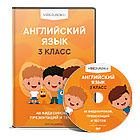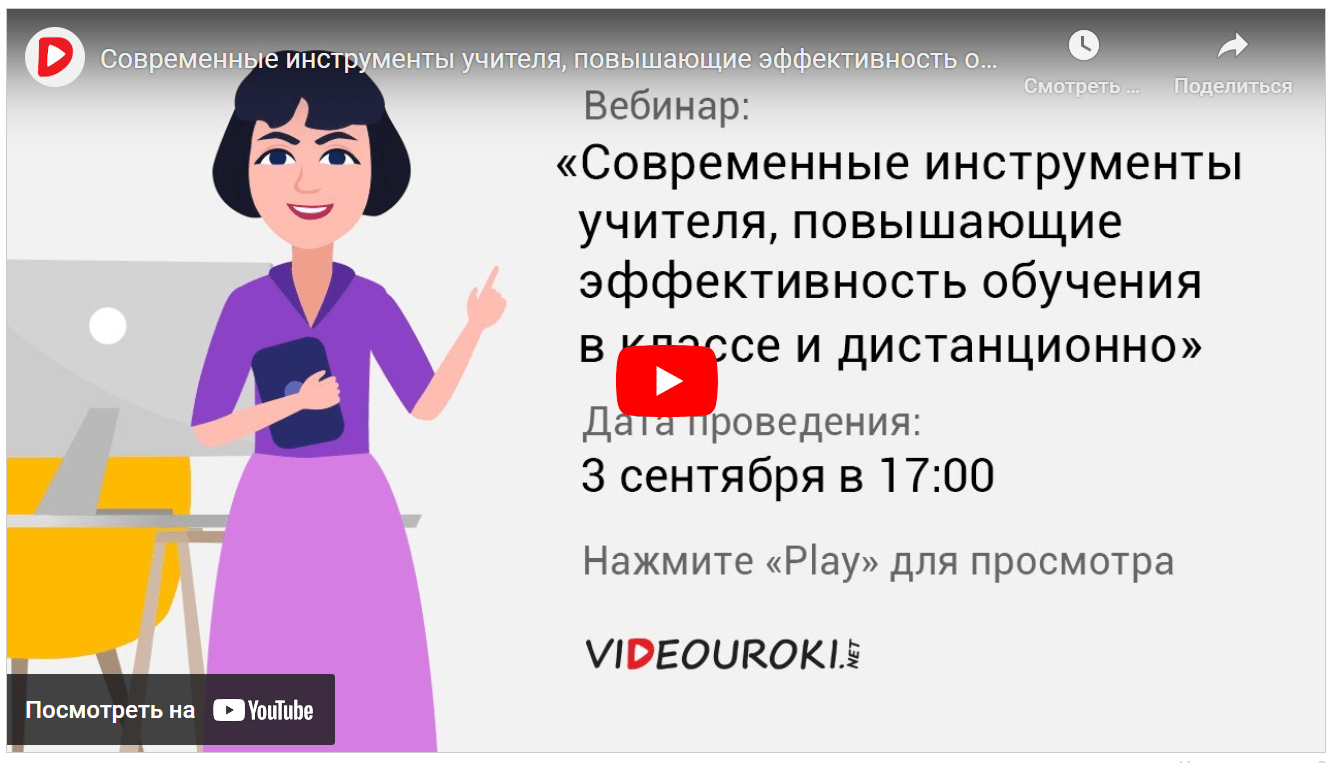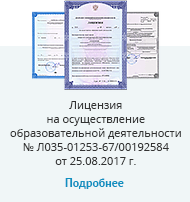The theory of grammatical opposition.
The theory of grammatical opposition is very popular in grammar studies, because it lies at the base of all established grammatical categories.
Any grammatical category must be represented by at least two grammatical forms (e.g. the grammatical category of number – singular and plural, category of aspect – simple, perfect and continuous or progressive, and so on). Taking it into consideration, we may define the grammatical category as the opposition between two grammatical forms differing in meaning.
Grammarians distinguish 3 types of oppositions:
-
privative;
-
gradual;
-
equipollent.
By the number of members the oppositions may be binary and more-than-binary (ternary, quaternary etc).
1) The most important type of opposition is the binary privative opposition. It is called binary because it is comprised of two members. The term privative means that the members of this opposition are characterized by the presence/absence of a certain differential feature. So, we can say in binary privative opposition one member is characterized by the presence of a certain differential feature, while the other member is characterized by the absence of this very feature.
Let’s take the opposition “table - tables”. The common feature of this opposition is the expression of the category of number. The differential features are oneness or singularity in the first member and plurality in the second member.
This kind of opposition is used in phonetics as well. Let’s take the opposition /d/: /t/. The common feature of this opposition is the fact that both members are plosive, alveolar-apical consonants. The differential feature is the presence of voice in articulation. So /d/ is treated as the marked member of the opposition as it is voiced, while /t/ is unmarked because it is voiceless.
2) Gradual oppositions are rarely used. A gradual opposition is formed by members, which are distinguished not by the presence or absence of some feature but by the degree of the same feature. Here we can speak about the category of comparison: strong - er - est.
3) Equipollent oppositions are also rarely used. An equipollent opposition is formed by a contrastive group of members which are differentiated by different positive features. The typical example of them is the paradigm of the verb to be (am, is, are).
The category of aspect
We use the 1st type of oppositions, the method of binary oppositions to establish the category of aspect in English. The category of aspect still remains one of the most disputable problem and there are many points of view.
1. According to some linguists, aspect is defined as a morphological category of the verb which shows whether the action is taken in its progress or it is simply stated. Thus, according to this approach there are just 2 aspects: simple and continuous. Perfect actions are treated here as the category of tense.
2. But as far as I’m concerned, I like another approach. According to G.Curme, there are 4 aspects:
1) Durative, representing the action in development. Here I want to say that not only continuous tenses may express the action in development like he is writing, she is eating. To express different shades of the idea of continuance the following verbs are used as well: remain, keep, continue, or phrasal verbs go on, keep on
2) Point-action aspect pays attention not to the act in general, but to only one point (either the beginning or the final point). Here G.Curme distinguishes begin, start, grow, fall, turn, become, run, come, set
3) Terminate aspect, indicating an action as a finished whole, e.g. wince вздрогнуть, hit, sit down, bring
4) Iterative aspect, indicating an indefinitely prolonged actions, like: e.g. sniffle сопеть, pooh-pooh фыркать,
It is obvious that this classification deals with semantics of the verbs, not morphological form.


























